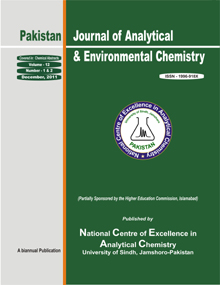Municipal Solid Waste (Newspaper) — A Lignocellulosic Feedstock Conversion to Biofuel: A Prospective Solution to Energy and Waste Management Problem
DOI:
https://doi.org/10.21743/pjaec/2025.06.12Keywords:
Bioethanol, Newspaper, Waste management, LignocelluloseAbstract
Bioethanol, an alcohol-based fuel is produced from biowaste. The current research focuses on utilizing newspaper waste as a substrate for bioethanol production. The waste newspaper was pretreated and subjected to two important bioethanol production steps: (1) saccharification and (2) fermentation. Aspergillus niger utilized for the saccharification hydrolyzed the newspaper substrate by converting the complex compounds into simpler compounds, where lactose and chemically defined media enhanced the cellulolytic activity. The simpler sugars produced were fermented using the Saccharomyces cerevisiae and converted to bioethanol. The bioethanol samples were subject to different analyses, including dichromate oxidation tests, UV-Vis Spectroscopy, and High-Performance Liquid Chromatography (HPLC). The dichromate oxidation test confirmed the presence of bioethanol as the color of the samples changed from yellowish orange to green. The UV-Vis spectroscopy indicated the maximum bioethanol yield of 3.814% v/v (variant sample 1-lactose) and 5.049% v/v (variant sample 2-chemically defined media) on the 6th day of fermentation. HPLC further confirmed the bioethanol production as the peaks of bioethanol at retention times of 2.130 min (variant sample 1-lactose) and 2.112 min (variant sample 2-chemically defined media) matched the peak of standard ethanol at the retention time of 1.935 min. The present research concludes that newspaper waste is the potential substrate for bioethanol production.
Downloads
Downloads
Published
Issue
Section
License
Copyright (c) 2025 Pakistan Journal of Analytical & Environmental Chemistry

This work is licensed under a Creative Commons Attribution-NonCommercial-ShareAlike 4.0 International License.






